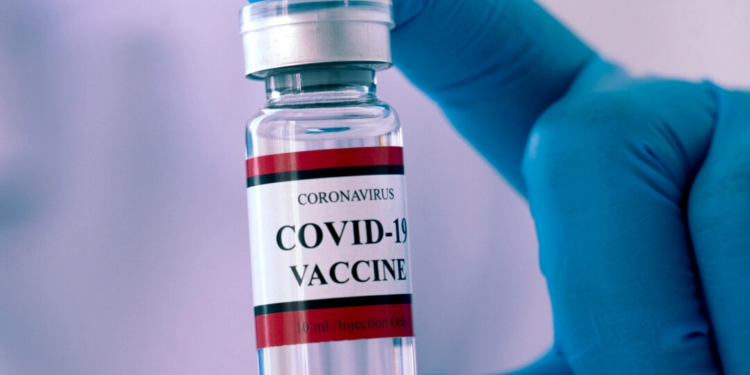Among hospitalized patients with COVID-19, a recent study published in Frontiers in Immunology has found that vaccinated patients had a significantly higher risk of mortality compared to unvaccinated patients. The study, conducted at Ohio State University Hospital, analyzed data from 152 adults admitted with acute respiratory failure between May 2020 and November 2022.
The study revealed that vaccinated patients had a mortality rate of 70 percent, while the mortality rate among the unvaccinated group was 37 percent. Furthermore, the overall survival rate was found to be two times higher in the unvaccinated group. This suggests that vaccination may not prevent severe outcomes among hospitalized patients.
Researchers also examined the antibody levels of the patients and compared them between vaccinated and unvaccinated individuals. They aimed to determine whether vaccination protected against COVID-19-associated acute respiratory failure and improved outcomes for hospitalized patients. The results showed that vaccinated patients had decreased antibody levels compared to the unvaccinated group.
Interestingly, even when patients with similar characteristics were compared, the researchers still observed significantly improved survival among unvaccinated patients. This raises questions about the effectiveness of vaccines in preventing severe outcomes among hospitalized individuals.
The study also found that vaccinated patients who did not survive had a significantly longer time between receiving their initial vaccine dose and hospital admission compared to those who did survive. This suggests that the timing of vaccination may play a role in the effectiveness of the vaccine.
The researchers noted several factors that could explain these findings. Vaccinated patients tended to be less healthy, and they were slightly older on average. However, even when these factors were taken into account, the survival rate among unvaccinated patients remained higher.
The study also highlighted the increased risk of mortality among unvaccinated patients admitted after COVID-19 vaccines were authorized. This could be attributed to different circulating variants. However, vaccinated patients still had a significantly higher risk of mortality compared to both unvaccinated groups, regardless of the variant.
The findings regarding antibody levels were particularly surprising. Vaccinated patients had worse clinical outcomes and decreased antibody levels compared to the unvaccinated group. This contradicts the commonly used measure of vaccine effectiveness, which relies on antibody levels.
The study suggested that increased IgG4 levels in vaccinated patients did not necessarily provide protection against COVID-19. Recent studies have indicated that mRNA vaccines may increase COVID-19 spike-specific IgG4 levels without offering adequate protection.
Previous research has also shown that mortality rates among vaccinated hospitalized patients increased with additional vaccine doses and post-vaccination time. This raises concerns about the possible negative effects of vaccination on severe outcomes among hospitalized individuals.
It is important to note that other studies have found benefits to vaccination for hospitalized COVID-19 patients. The authors of the current study acknowledged this and mentioned that IgG4-related noninfectious diseases are more prevalent in patients older than 50 years, which could contribute to increased mortality. However, the higher mortality rates observed among vaccinated patients over 50 compared to unvaccinated patients with severe COVID-19 and respiratory failure are concerning and may indicate an impaired response to COVID-19 vaccines.
Overall, this study highlights the need for further research to better understand the effectiveness of vaccines in preventing severe outcomes among hospitalized COVID-19 patients. It also raises questions about the role of antibody levels and the timing of vaccination. As the COVID-19 pandemic continues, it is crucial to gather more data to inform vaccination strategies and improve patient outcomes.







